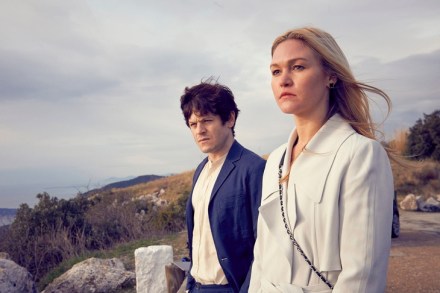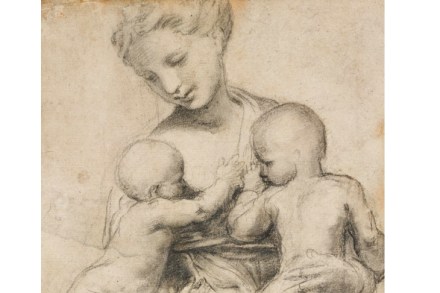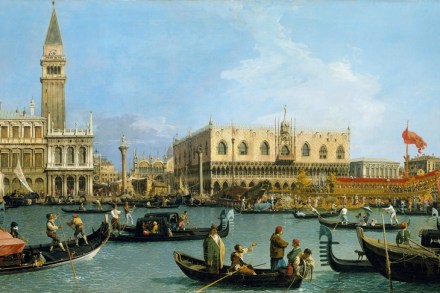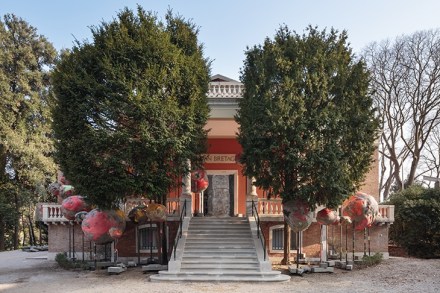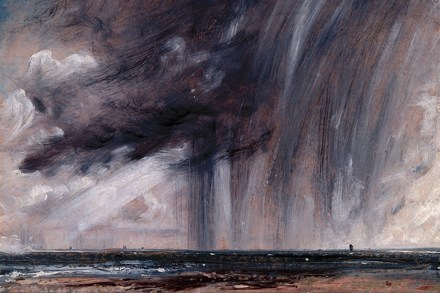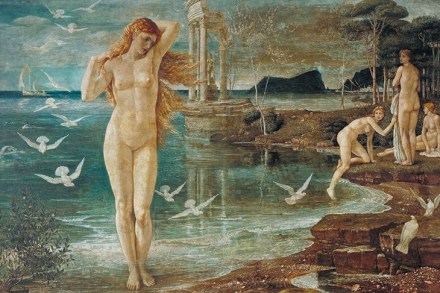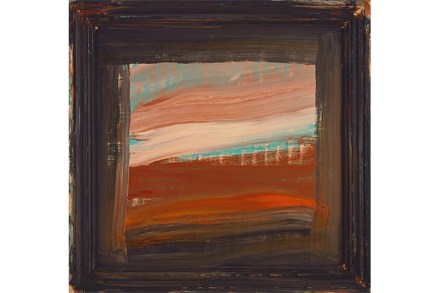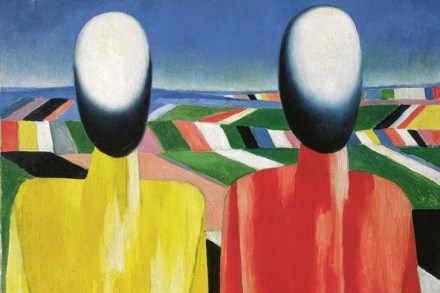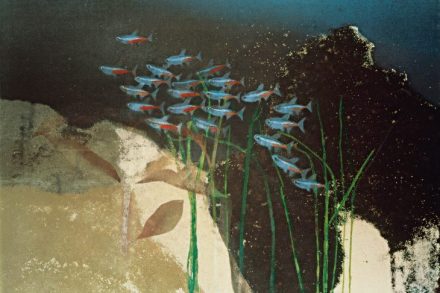There will be blood | 29 June 2017
Wyndham Lewis was a painter, poet, publisher and picker of fights. No target was too grand or too trivial: sentimental Victorians and the modern man of government; shark art dealers and the ‘atrocious’ Royal Academy; compilers of honours lists and editors of literary reviews; thin flapper girls and the fat ‘Belgian bumpkins’ of Peter Paul Rubens; men who read detective stories and women who liked bowl-of-apple paintings by second-rate Cézannes. People who lived in Putney. The poet Edith Sitwell, who sat for an unfinished portrait by Lewis, was one of his ‘most hoary, tried and reliable enemies…I do not think I should be exaggerating if I described myself as Miss




